Rank Species | Genus Sclerocarya Higher classification Sclerocarya | |
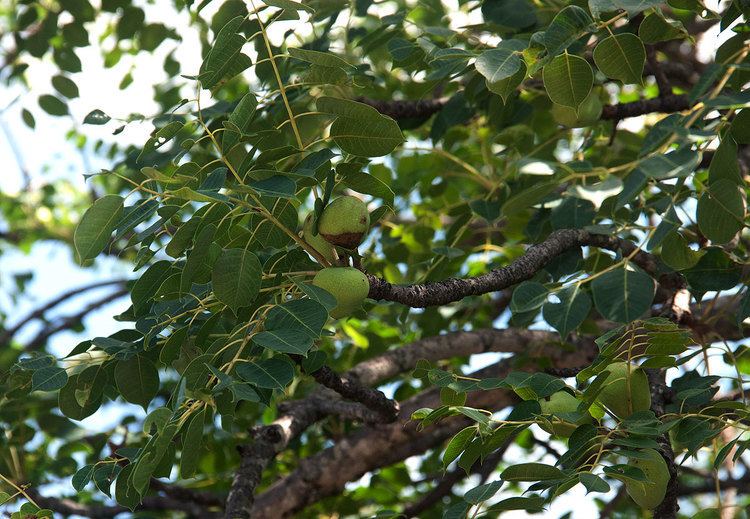 | ||
Similar Amarula, Marula oil, Cream liqueur, Mongongo, Baobab | ||
Sclerocarya birrea, commonly known as the marula, (Ancient Greek σκληρός, sklērós, "hard", and κάρυον, káryon, "nut", in reference to the stone inside the fleshy fruit) is a medium-sized dioecious tree, indigenous to the miombo woodlands of Southern Africa, the Sudano-Sahelian range of West Africa, and Madagascar.
Contents
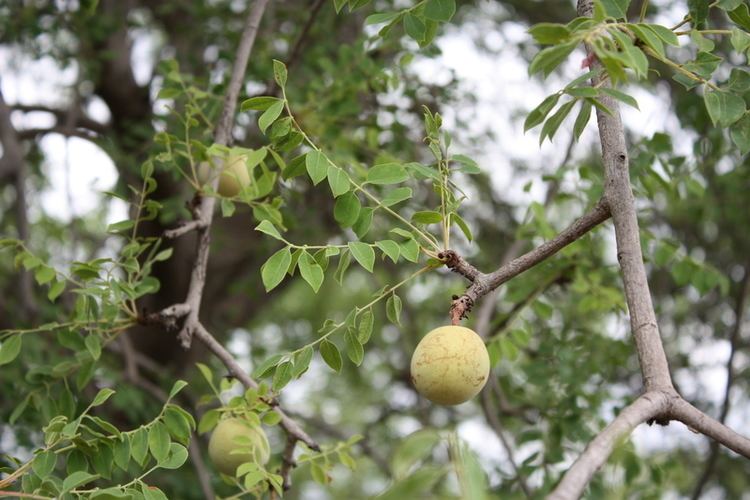
Description
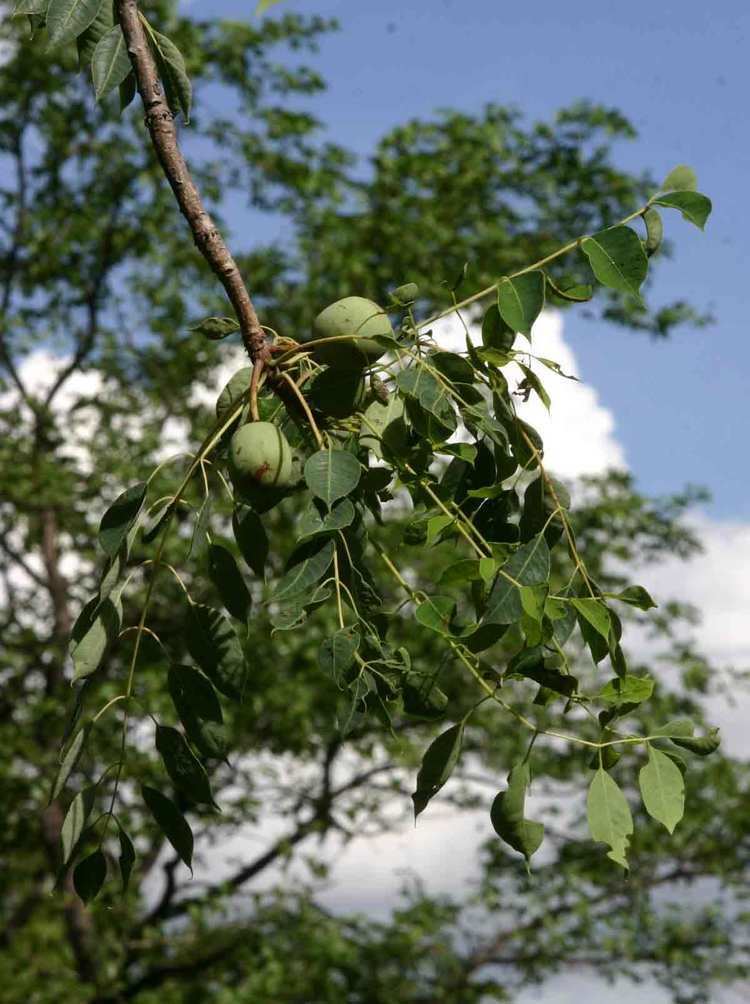
The tree is a single stemmed tree with a wide spreading crown. It is characterized by a grey mottled bark. The tree grows up to 18 m tall mostly in low altitudes and open woodlands. The distribution of this species throughout Africa and Madagascar has followed the Bantu in their migrations, as it has been an important item in their diet since time immemorial. Giraffes, rhinoceroses and elephants all browse on the marula tree, with elephants in particular being a major consumer. Elephants eat the bark, branches and fruits of the marula to the trees' detriment; indeed, elephant browsing has been shown to significantly limit the spread of the trees. Elephants do distribute marula seeds in their dung, however.
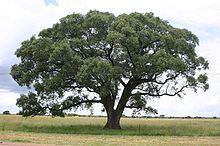
The fruits, which ripen between December and March, have a light yellow skin, with white flesh that is rich in vitamin C— containing about eight times the amount found in an orange. They are succulent and tart with a strong and distinctive flavour. Inside is a walnut-sized, thick-walled stone. These stones, when dry, expose the seeds by shedding 2 (sometimes 3) small circular plugs at one end. The seeds have a delicate nutty flavour and are much sought-after, especially by small rodents who know to gnaw exactly where the plugs are located.
Taxonomy
The generic name Sclerocarya is derived from the Ancient Greek words 'skleros' meaning 'hard' and 'karyon' meaning 'nut'. This refers to the hard pit of the fruit. The specific epithet 'birrea' comes from the common name 'birr', for this type of tree in Senegal.
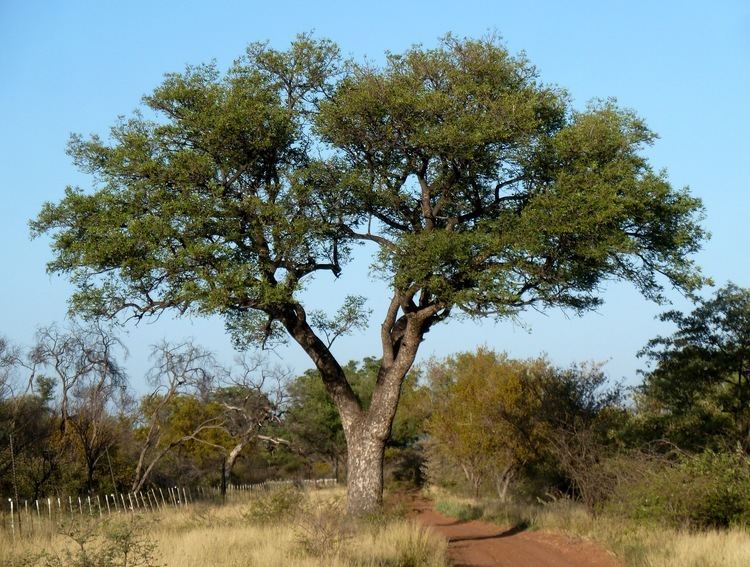
The marula belongs to the same family Anacardiaceae as the mango, cashew, pistachio and sumac, and is closely related to the genus Poupartia from Madagascar.
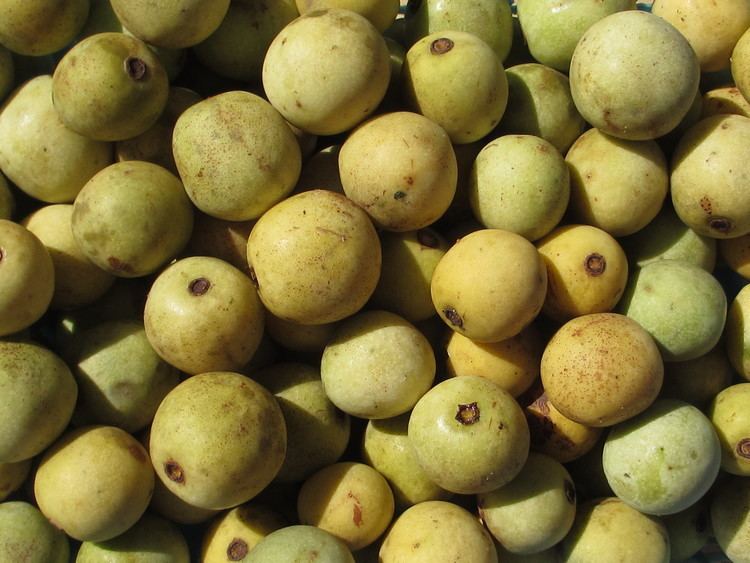
Common names include mafula in Tshivenda, and in English, jelly plum, cat thorn, morula, cider tree, marula, maroola nut/plum, and in Afrikaans, Maroela
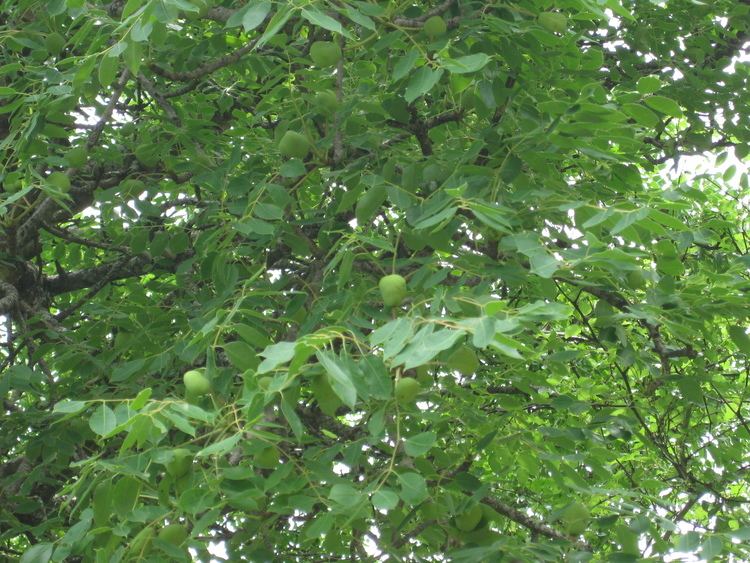
The Marula tree is protected in South Africa.
Traditional uses
While little known globally, the fruit is traditionally used for food in Africa, and has considerable socioeconomic importance.
Commercial uses
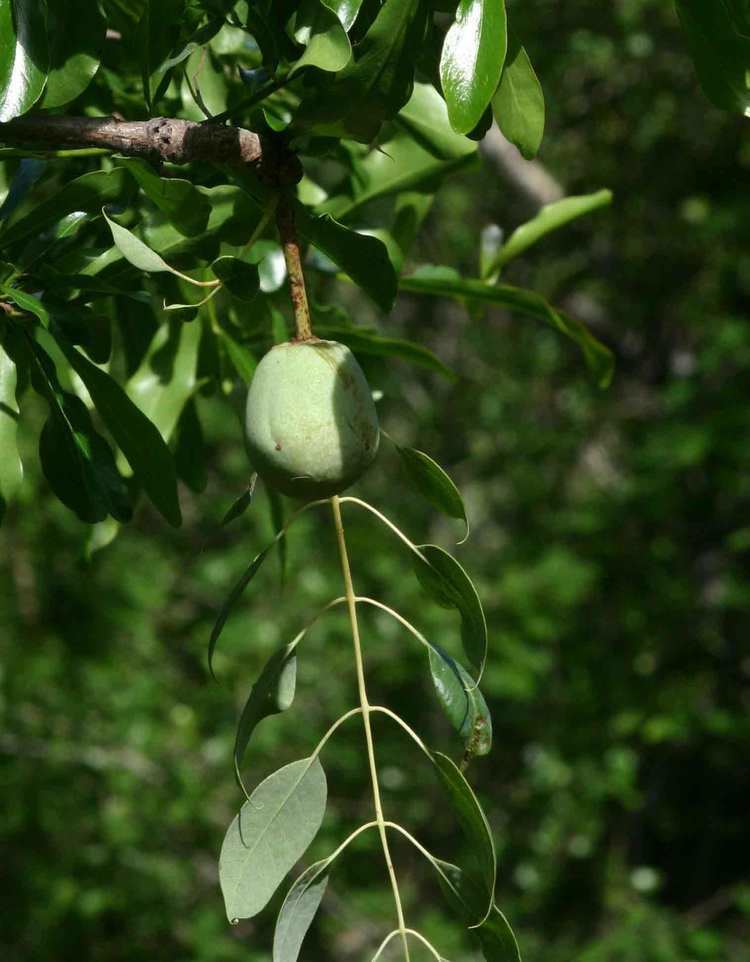
On an industrial level the fruit of the marula tree is collected from the wild by members of rural communities on whose land the trees grow. This harvest and sale of fruit only occurs during two to three months but is an important income to poor rural people. The fruit is delivered to processing plants where fruit pulp, pips, kernels and kernel oil are extracted and stored for processing throughout the year.
The fruit is used to make the cream liqueur Amarula, sold as a frozen puree used in juice blends like Marula Mania, and marula oil is used as an ingredient in cosmetics.
Popular culture
The alcoholic distilled beverage (maroela mampoer) made from the fruit is referenced in the stories of the South African writer Herman Charles Bosman.
The marula fruit is also eaten by various animals in Southern Africa. In the movie Animals Are Beautiful People by Jamie Uys, released in 1974, some scenes portray elephants, ostriches, warthogs and monkeys becoming intoxicated from eating fermented marula fruit. Later research showed that these scenes, at least in large animals were improbable and, in all probability, staged. Elephants would need a huge amount of fermented marulas to have any effect on them, and other animals prefer the ripe fruit. The amount of water drunk by elephants each day would also dilute the effect of the fruit to such an extent that they would not be affected by it. Reports of elephants becoming intoxicated from marula fruit, however, are persistent.
